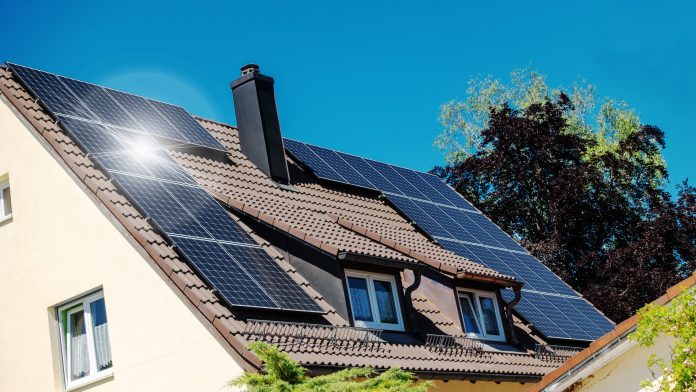New homes and buildings are to produce much less carbon emissions, to help the UK move towards net zero goals
Heating and powering buildings currently makes up 40% of the UK’s total energy use, but under new regulations, carbon emissions from new build homes must be around 30% lower than the current standard. Emissions from other new buildings, such as shops and offices, need to be lessened by 27%.
Installations of low carbon technology – like solar panels and heat pumps – as well as using materials in a more energy efficient way to keep in heat will assist cutting emissions will help to lower the cost of family energy bills and work towards the UK’s carbon emission reduction ambitions.
Any new residential buildings, including homes, care homes, student accommodation and children’s homes, must also be designed to reduce overheating.
Additionally, ventilation improvements are also to be introduced to improve the safety of residents in newly-built homes and to prevent the spread of airborne viruses in new non-residential buildings. This is to protect the most vulnerable people, as well as improve buildings to be more energy efficient.
46% of homes in England now rated C or above for energy efficiency, compared to 14% in 2010
As an important step towards a cleaner greener built environment, this will commence on the plans of the Future Homes and Buildings Standard in 2025, meaning all future homes are to be net zero ready, without needing retrofitting.
Alongside £6.6 billion of direct investment into improving the energy efficiency of buildings in this Parliament, The Social Housing Decarbonisation Fund, Local Authority Delivery scheme and Home Upgrade Grant scheme are making grants available to low-income households for insulation, solar panels, heat pumps and other efficiency and decarbonisation measures.
A week ago another £400 million in funding was announced for more than 200 local authority areas as part of a new Sustainable Warmth Competition.
The changes were announced in the government’s Building Regulations, setting standards in England for the design, construction and alteration of buildings, follow a public consultation. They will come into effect from June 2022.
Housing Minister Eddie Hughes said: “Climate change is the greatest threat we face and we must act to protect our precious planet for future generations.
“The government is doing everything it can to deliver net zero and slashing CO2 emissions from homes and buildings is vital to achieving this commitment.”











